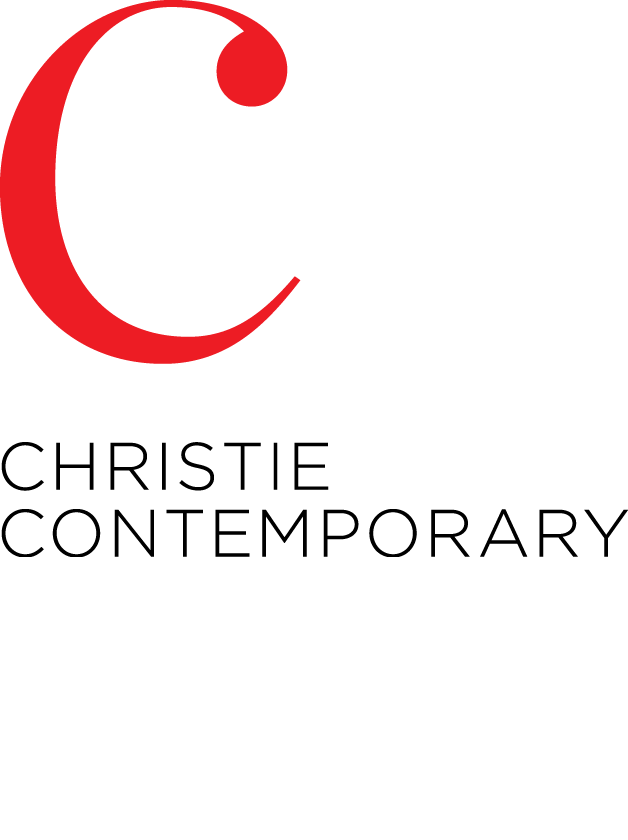Luce Meunier’s practice has consistently involved the devising of methodologies that remove direct gesture from process, determining instead a range of delivery systems for paint on canvas, reliant on time and absorption.
With the Dégel series, Eau fossile #6 and Fonte #4, Meunier injected pigments into hand-packed snowballs which rested on a canvas surface under the heat of the sun. Over time, as the snow melted and the melted snow then evaporated into the atmosphere, the pigment hazily dispersed to reveal a series of organic, liquefied echoes. Meunier enlists elemental processes as a means of holding certainty in abeyance, twining chance and nature in directed configurations. With successive arrays set upon the surface — and in two instances here, on both sides of the canvas — Meunier populates the work with vibrant cells of shifting colour, with the thawing collapse of the spheres often exhausting to a frilled edge (nature cannot resist design).
The transformation from solid to liquid, object to trace, also led Meunier to consider the potential of residue as working material. With the works in the Écume and Mousse series, the support for each of the works is a thick substrate made from the canvas of former paintings pulped into paper, while the paint is the foam of coloured acrylic pigments, created by sponges that had been repeatedly rinsed and wrung out. The intense, comingled colours in the Mousse series are transferred onto the thick sheets of handmade paper where, in refining a specific drying regimen, Meunier maintained both the vibrancy of the colour and the proliferation of bubbles across the foam’s surface, as liquid converted to solid. Each slab of foam records its watery origins, imprinting a faint line of transit as it came to rest on the paper. With Écume, both substrate and foam stay wet during the application of the foam layers, and the work is formed as it dries, the sheet rippling in deep folds at its edges, with blistered colour saturated in the fibrous surface.
Guided by research and experimentation, Meunier determines a threshold for the making of each work based in a calculated easing of control — where the aleatory is engaged to allude the mutability of nature — balanced by an eye to structural cohesion, or order, another of nature’s unflinching characteristics.

